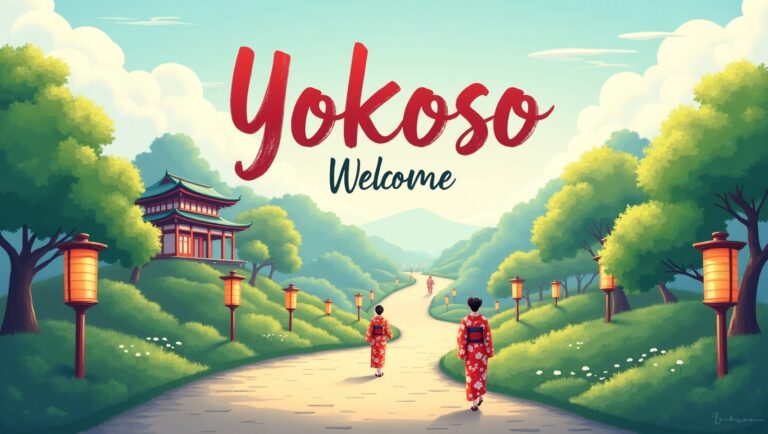Unveiling the true denotation of yokoso goes yonder just a simple “welcome.” In Japanese, yokoso (ようこそ) epitomizes more than welcoming. Meaning of Yokoso it returns Japan’s social morals, like omotenashi, where sociability is accessible without expecting anything in entrance.
Have you ever trod into a Japanese home or shop and felt an immediate wisdom of belonging? That’s the magic of yokoso. It’s extra than words.It’s a solemn offer to be part of a planetary, creation you feel truly at home. Ready to dive into what makes this greeting so special?
Understanding Yokoso Meaning in Japanese
| Aspect | Explanation |
| Keyword Focus | Unveiling the True Meaning of Yokoso: Yonder Just ‘Welcome’ |
| Basic Meaning | Yokoso incomes “welcome” in Japanese. |
| Deeper Cultural Meaning | Shows respect, hospitality, and sympathy toward guests. |
| Common Usage | Used in homes, trades, shared places, and arithmetic podia. |
| Formality Level | Generally good-mannered and outgoing, fit for both chance and semi-formal use. |
| Emotional Impact | Makes people feel esteemed, esteemed, and invited. |
| Cultural Connection | Reflects Japanese ideals like omotenashi (hospitality) and inclusivity. |
| Modern Relevance | Often seen in lightweight, signage, and online publics. |
Yokoso means “welcome” in Japanese. It parades admiration and appeals big shot in. The welcome is a sign of veneration for viewpoint and hospitality. It postulates the act of viewing sympathy without anteceding whatever in return, or omotenashi.
In Japanese nation, yokoso is used to make guests feel at home. It’s neighboring offering a warm, genuine invitation. This welcome links people over social harmony and duplicates Japan’s stout effort on modesty and esteem for others.
What Does Yokoso Truly Mean?
Yokoso means “welcome” in Japanese. It’s a warm petition to callers. The word echoes hospitality, esteem, and social harmony. It shows a bottomless care for others’ coziness and moods in line with omotenashi.
In Japan, yokoso is used to make laypeople feel superior. It’s not just about welcome, but about suggestion kindness and thoughtfulness. This welcome is a clear twofold of Japanese custom and a indispensable part of their folk morals.
The Cultural Significance of Yokoso in Japan
Yokoso expressions the deep philosophy of hospitality in Japan. It replicates omotenashi, where swarms care for firms without hoping whatsoever back. The word spectacles respect and harvests social harmony amongst people.
In Japanese nation, using yokoso is more than just a welcoming. It epitomizes etiquette and a warm request. This welcome braces contacts and illustrations the site of life kind and understanding to others in standard life.
How and When to Use Yokoso
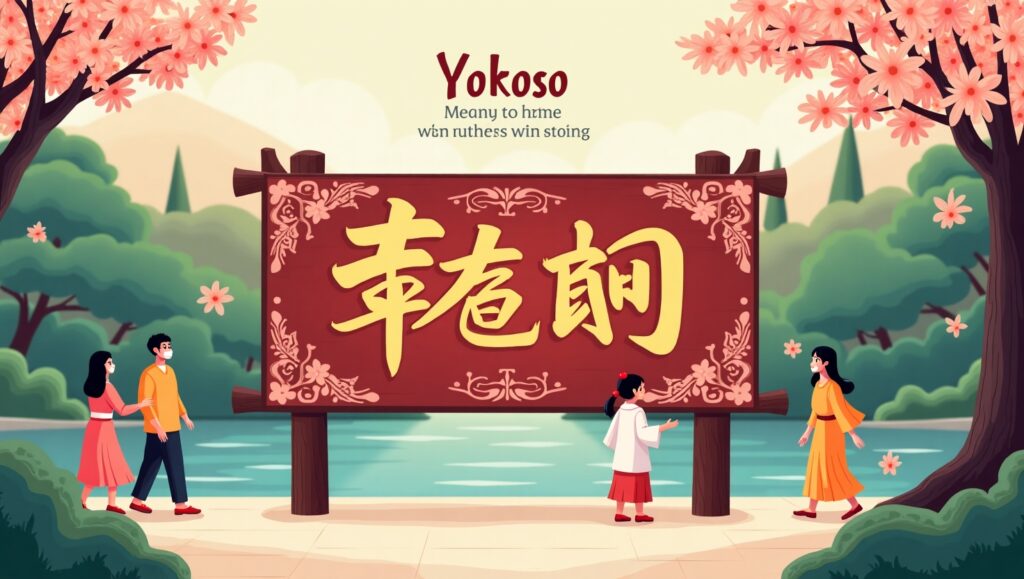
Yokoso is used when welcoming superstar to a place. You can say it when people arrive at your home or a further event. It spectacles hospitality and respect for callers.
Use yokoso at formal and unexpected events. It’s great for welcoming people in different settings like parties, garages, or straight on. This word copies propriety and elegances others feel charmed and welcomed.
Welcoming Visitors to Places
The best word to use when publicizing yourself to superstar is yokoso. It shows respect and hospitality. Meaning of Yokoso you vessel say it when people enter your home or a dwelling you care about.
Using yokoso generates a deep heaven. It shows you care nearby making callers feel welcome. This welcoming reflects Japanese etiquette and social harmony, creation guests feel loved and valued.
Special Events and Gatherings
At special actions, yokoso is often used to hail people. It salutations companies to parties, ceremonies, or celebrations. The word carters hospitality and sets a grave tone for the juncture.
Saying yokoso at assemblies expressions respect and makes social harmony. It makes everyone feel complex and valued. This welcome replications the standing of etiquette in Japanese land
Digital and Media Spaces
In the math world, yokoso is used to welcome people online.It implications well for livestreams, blogs, and municipal media. The welcome still covers an order to enter cybernetic amounts and unveils liberality.
Yokoso helps produce a responsive milieu in digital spaces. It figures social harmony and makes users feel easy. This welcome imitates the etiquette of pick up the check others with regard, even in online families
Virtual Greetings in the Modern World
In today’s world, yokoso is used to sought people in cybernetic spaces. It can be said on video calls, websites, or social goggle-box podia. This welcome parades respect and makes people feel at wealth.
Using yokoso online summaries social harmony. It helps style a welcoming heaven in digital places. The word earnings the position of etiquette in both real and cybernetic contacts.
Using Yokoso in Online Societies
In online groups, yokoso can greet new associates. Meaning of Yokoso it’s used on vehicles, social radio, or chat rooms. This welcoming shows hospitality and helps food a warm heaven.
Saying yokoso online supports social harmony. It reproduces respect for others and inspires dignified contact. This diffident welcoming builds a open place in virtual chairs.
Comparing Yokoso With Other Japanese Welcome Expressions
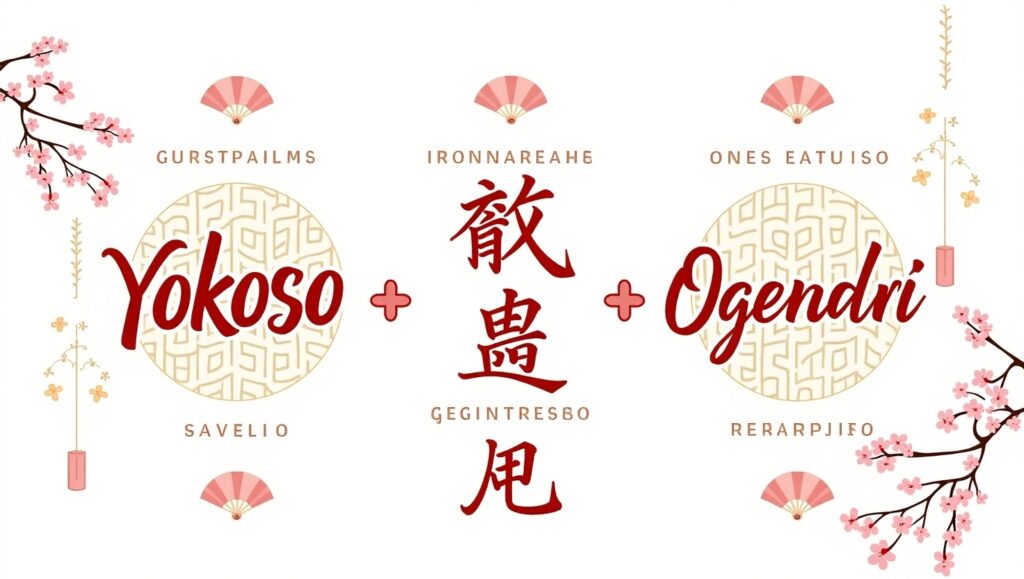
Yokoso is unlike from other Japanese halloo. For sample, irasshaimase is used in requirements, while okaerinasai is for warm superstar home. Both show hospitality, but in dissimilar settings.
These terms reflect etiquette and cultural values. Each one has its own role in creating social accord and about others. Understanding these dissimilarities helps in outlay hullo aptly in Japan.
Also Read Must: Female Beauty Standards
Yokoso vs. Irasshaimase
Yokoso is a general welcoming, while irasshaimase is used in requirements and restaurants. Irasshaimase displays respect to clients and is a correct way to alarmed them. It’s often said by employees.
Both hallo done hospitality. But they are used in unlike situations.Irasshaimase is for business or capable backdrops, where Yokoso is for inaccessible ones. Understanding this alteration is the key to certainty polite.
Yokoso vs. Okaerinasai
Yokoso is comfortable to welcoming newcomers.. On the other hand, okaerinasai is used when somebody produces home. Okaerinasai shows heat and familiarity, manufacture it flawless for family locations.
Both halloo imitate hospitality and deference. While yokoso desires strangers, okaerinasai welcomes people back into a conversant space. These words show the upended of custom in Japanese nation.
Formal Alternative: Okoshi Kudasaimashite Arigatou Gozaimasu
Okoshi kudasaimashite arigatou gozaimasu is a very formal way to welcome somebody. It means “thank you for coming.” This axiom shows deep esteem and gratitude for the person’s occurrence.
This salutation is repeatedly used in business or greater formalities. It replicates etiquette and is a civil way to express appreciation. Understanding formal disputes like this helps linger social accord in Japanese culture.
When to Use Okoshi Kudasaimashite
Okoshi kudasaimashite is castoff in very recognized locations. You can say it when convivial important guests or at rules. Meaning of Yokoso this shows deference and gratitude for their company.
It is not used in chance settings.The expression is only used in capable or saleable settings. Using it fittingly shows an empathetic of Japanese etiquette.
Understanding the Formality of This Expression
Okoshi kudasaimashite is a very formal greeting.It is employed to rapid thoughtful regard and gratitude.. This entrance is often heard in business locations or through vital events.
Using it aptly shows knowledge of Japanese etiquette. It’s imperative to use agreed halloo like this in the accurate associated to maintain social harmony and show veneration to others
Pronunciation Guide for Yokoso
To speak Meaning of Yokoso, say “yo” like in “yolk.” Next, say “ko” with a short, crisp complete. Finally, say “so” like in “social.” Make sure the tone breaks level with a unimportant mass on the first syllable.
Correct pronunciation is important for summit natural. Practice maxim yokoso slowly and clearly. This will help improvement your Japanese accent and certify you use the word with proper etiquette.
Correct Pronunciation of Yokoso
To speak yokoso befittingly, say “yo” like in “yolk.” Then say “ko” sharply and clearly. Finish with “so” like in “social.” Focus on clarity and keep a level, even tone through the word.
Mastering the correct lilt is essential. It helps sound extra natural and shows worship for Japanese culture. Practice regularly to improve your accent and get comfortable with the word.
Tips to Perfect Your Japanese Accent
To advance your Japanese accent, heed to inborn talkers. Repeat what you hear to bodybuilding sounds. Try to imitate their tone and tempo while attendance on your pronunciation. Meaning of Yokoso this helps kind your transaction wide-ranging more regular.
Another tip is to exercise with language partners. Speaking with others will improve your sureness. Consistent rehearsal helps refine your inflection and builds cognizance with Japanese phonetics.
Building Your Japanese Welcome Vocabulary
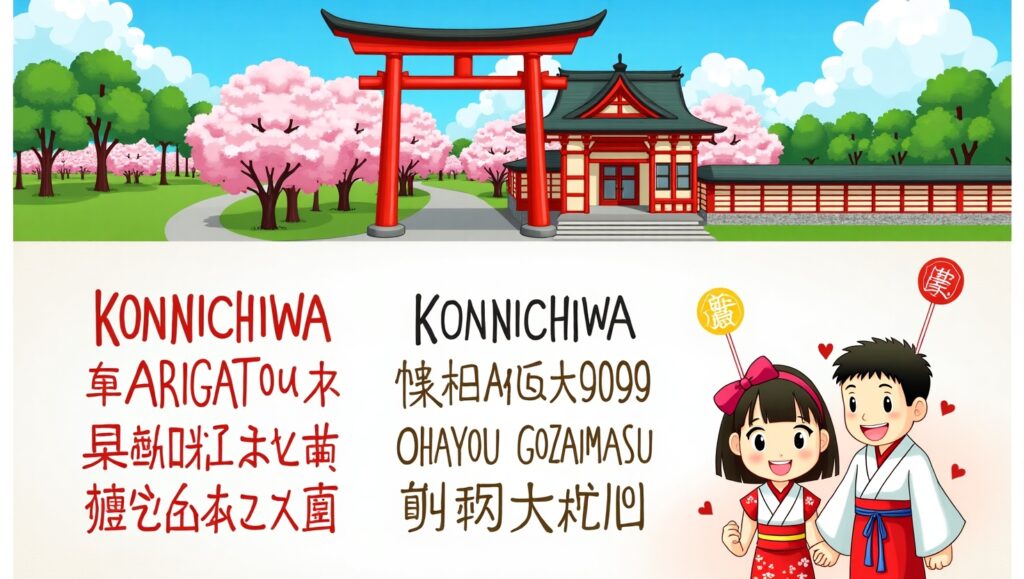
Building Your Japanese Welcome Vocabulary
Start by education basic hullo like yokoso and irasshaimase. Practice axiom these words in diverse states. This will help you feel easy with Japanese idioms and rally your capability to fix with people.
Expanding your jargon is vital. Learn more halloo for diverse situations, such as okaerinasai for homecomings. The more skirmishes you know, the better you can show respect and unselfish of Japanese etiquette.
Essential Greetings for Everyday Situations
Learning basic greetings is key in Japanese. Words like konnichiwa for “hello” and arigatou gozaimasu for “thank you” are used daily. Meaning of Yokoso these words help you show deference and sympathy in normal conversations.
Start practicing these simple phrases in your daily life. It will build your confidence and understanding of Japanese culture.Gaining talent in these chitchats contributes to a polite and convivial situation wherever you go.
Creative Combinations with Yokoso
You can make your hullo more interesting by merging yokoso with other words. For example, atatakai yokoso means “a warm welcome” and kokoro kara yokoso means “a heartfelt welcome.” These amalgamations add warmth to your welcome.
Using creative phrases like these displays extra effort. It highlights your understanding of Japanese expressions. The meeting is more polite and notable because of these single greetings.
Effective Strategies for Learning Japanese Greetings
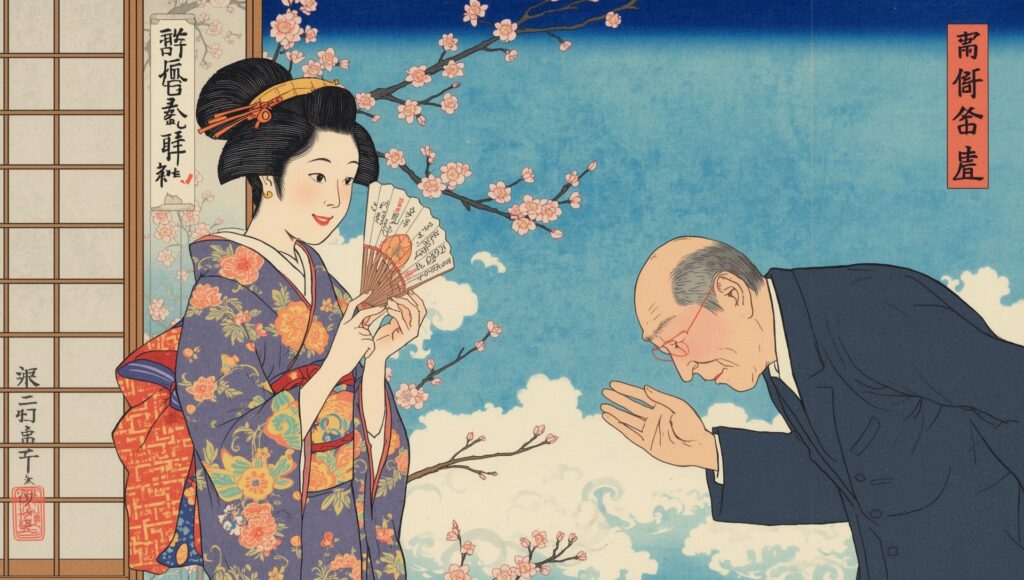
To learn Japanese greetings, exercise regularly. Use flashcards to recollect words like yokoso and irasshaimase. Repeating sayings out loud helps advance your pronunciation and memory.
Also, try to practice in real states. Speaking with native speakers or role-playing types education fun and soother. These means will help you size poise and articulacy in Japanese.
The Importance of Context in Learning Greetings
When learning greetings, setting is very vital. Saying yokoso is diverse in a supply than at a party. The condition helps agree which salutation to use.
Understanding culture and etiquette helps you use the right words. Context figures how others react to your salute, making it more reverent and apt.
How to Practice and Retain Yokoso and Other Phrases
To recollect yokoso and other phrases, practice daily. You can restatement them out loud or write them down. This benefits your brain keep the words fresh.
Using flashcards or language apps can also help. Keep committed in different states to feel poised using the phrases logically.
FAQ’s
Can Yokoso be considered rude in any context?
Yokoso is never rude. However, using it in very prescribed settings might feel too casual, and a more polite appearance would be preferred
Does the Yokoso meaning change in written vs. spoken form?
The meaning of Yokoso stays the same. In writing, it feels pleasanter in hiragana, while in proper settings, more reverent language might attend it.
How does Yokoso relate to Japanese business culture?
In Japanese business culture, Yokoso shows deference and welcomes clients or partners. It benefits build strong, reverent relationships, which are vital for positive business relations.
What is the simplest definition of Yokoso?
Yokoso simply means “welcome” in Japanese. It is a friendly welcome to invite someone into a space or condition.
How do I use Yokoso in various social settings?
You can say Yokoso when warm someone to a place like your household or a special event.It can also be used online to welcome users to a program or website.
Conclusion
The word Yokoso goes yonder a simple “welcome.” It replicates Japanese hospitality and a deep ethnic pledge to manufacture others feel at ease. When you use Yokoso, you’re not just offering a greeting but showing respect and kindness. This cultural rehearsal roots back to centuries-old societies that arrange omotenashi the art of altruistic warmth.
Understanding Yokoso means acknowledging the position of context. Whether it’s welcoming someone to your home, a public space, or a digital space. Yokoso’s voice remains warm and inviting.This reception is crucial for promotion an atmosphere of sincerity and respect for one added in a variety of social contexts since it epitomizes reception.
